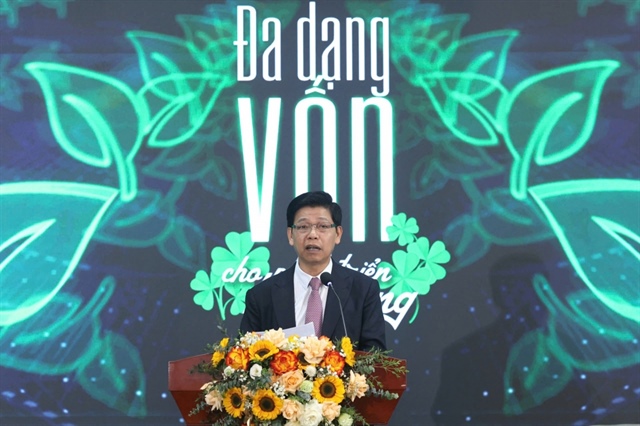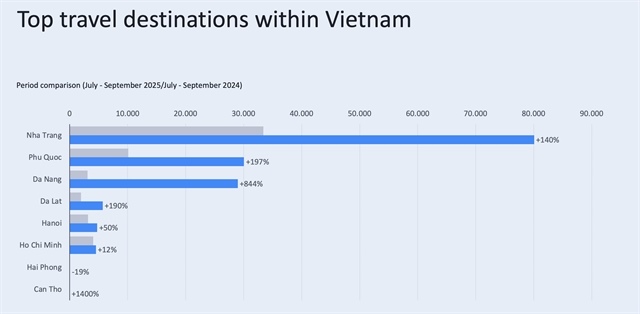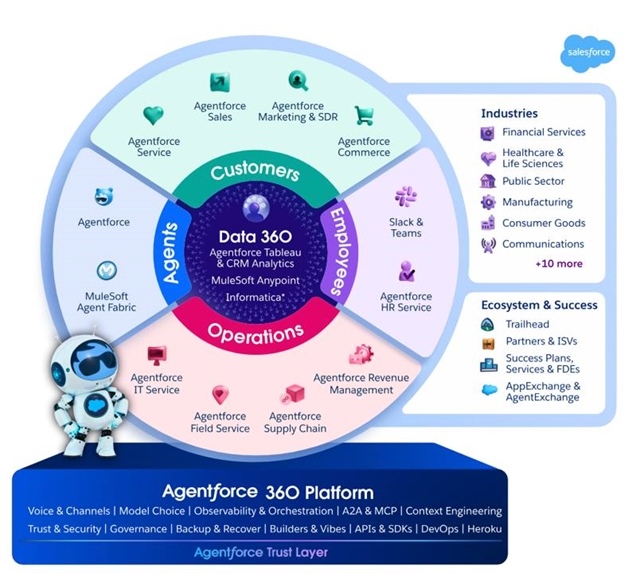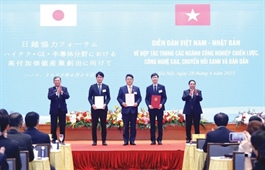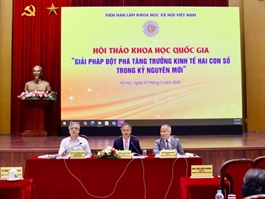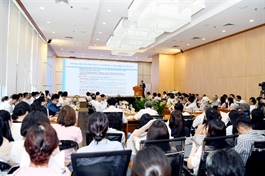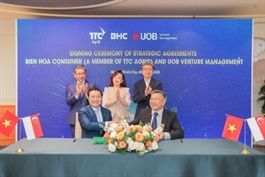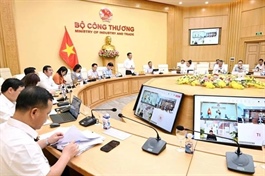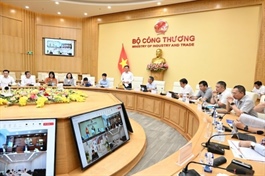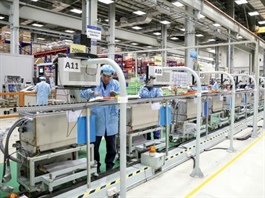Vietnam has the potential to transform into regional circular economy hub
Vietnam has the potential to transform into regional circular economy hub
Vietnam’s plastic recycling sector stands at a pivotal moment of opportunity that could determine whether the country captures billions in economic value from its distinctive recycling capabilities.
The first-ever comprehensive mapping of Vietnam’s plastic recycling value chain has identified over 1,150 registered entities in the ecosystem, with more than 300 actively performing recycling operations.

Quyen Nguyen, industry research director, CEL |
Our new study reveals both significant economic opportunities and unique competitive advantages that set Vietnam apart from regional peers. What makes Vietnam’s approach to recycling unique is its complementary ecosystem, combining modern industrial recyclers with traditional recycling villages – a dynamic model that has evolved over four decades. Vietnam’s recycling ecosystem is both efficient and distinctive.
While our modern recycling facility count appears different compared to Thailand or Indonesia, this does not reflect Vietnam’s full recycling capacity. The research identified over 15 specialised recycling villages housing more than a few thousands of households that collectively process approximately 500,000 tonnes of plastic waste annually.
Operating since the 1980s, these communities have recycled an estimated 23 million tonnes of plastic through specialised, decentralised methods – effectively doubling Vietnam’s recycling capabilities compared to purely industrial metrics.
According to World Bank estimates, Vietnam could unlock up to $2.9 billion in plastic material value through enhanced recycling and supply chain coordination.
Throughout the recycling process, plastic material’s value multiplies four to five times from collection to pelletising. Currently, 60 per cent of recycled plastic is exported while Vietnam imports 80 per cent of raw plastic materials. This trend is expected to continue for the next three to five years, but the balance is gradually shifting thanks to extended producer responsibility regulations, rising global import costs, and increasing investments in recycling technologies within Vietnam.
By strengthening internal supply chains and investing in downstream manufacturing, Vietnam can evolve from providing recycled materials globally to becoming a high-value circular manufacturing hub for the region.
Vietnam’s recycling sector has established strong processing capacity and now stands ready for the next phase of development through enhanced connectivity.
The geographic distribution of recycling activities – with significant presence in the south (58.2 per cent) and north (30.7 per cent) – creates opportunities for optimised logistics networks. It is essentially a logistics optimisation opportunity.
Better coordination systems can ensure consistent supply volumes and quality, enabling full utilisation of Vietnam’s impressive processing capacity. This opportunity is complemented by the specialised nature of Vietnam’s recycling operations, with most facilities focusing on specific plastic types. While this specialisation creates valuable material expertise, it also highlights the potential for enhanced collaboration.
The CEL research identifies several strategic investment opportunities that could advance Vietnam’s recycling sector. The first is collection network enhancement, and establishing aggregation hubs near waste generation points would reduce transport costs by 30-40 per cent.
The second prospect is digital integration, as implementing mobile technology to connect Vietnam’s extensive collection network with recyclers would enhance traceability and increase incomes.
Domestic manufacturing is the third aspect. Investing in finished goods production using recycled materials could capture three to four times more value domestically compared to exporting recycled pellets.
Advancing Vietnam’s recycling ecosystem builds upon coordinated action from multiple stakeholders. Government agencies continue to develop supportive policies enhancing coordination between traditional and modern sectors while creating incentives for domestic manufacturing using recycled materials.
Private sector companies are investing in downstream manufacturing utilising locally recycled materials, while redesigning products for recyclability. Financial institutions are developing targeted financing products for recycling infrastructure, incorporating circular economy metrics into investment evaluations.
Traditional recycling villages represent a unique Vietnamese advantage, providing specialised knowledge and processing capabilities that complement modern recycling systems.
With smart supply chain enhancements – improved collection logistics, digital traceability, and integration of traditional recycling knowledge – Vietnam can recover more plastic, retain more value domestically, and position itself as a leader in circular economy innovation.
Localisation of solutions is a guiding principle. We need to adapt international experience to Vietnam’s unique context: an economy with a strong traditional sector, a global agricultural production centre, and a high percentage of small and medium-size enterprises.
Currently, the recovery efficiency stands at only 15-20 per cent of total plastic waste, revealing enormous potential for optimisation as Vietnam continues its journey towards becoming a circular economy leader.
- 09:00 10/05/2025


